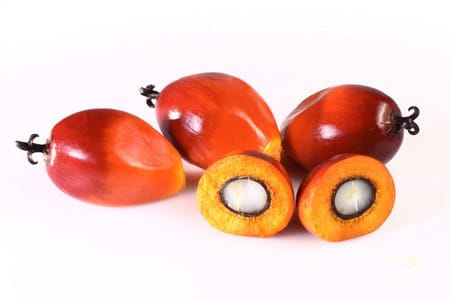Datetime: 2023-01-07 11:48:08 Visit: 2485
1.Camellia oil
The monounsaturated fatty acid in camellia oil is as high as 85%, which is higher than the content of olive oil, ranking the top of the edible oil, and is recognized as a good oil at home and abroad.
In addition, tea oil contains a physiological active ingredient squalene, which can resist hypoxia and fatigue, and has the function of improving human immunity and enhancing gastrointestinal tract. At the same time, camellia oil also contains tea polyphenols and camellia glycosides that are not found in other edible oils, which have obvious effects on lowering cholesterol.
Camellia oil main ingredients: oleic acid, linoleic acid, linolenic acid, palmitic acid, stearic acid.
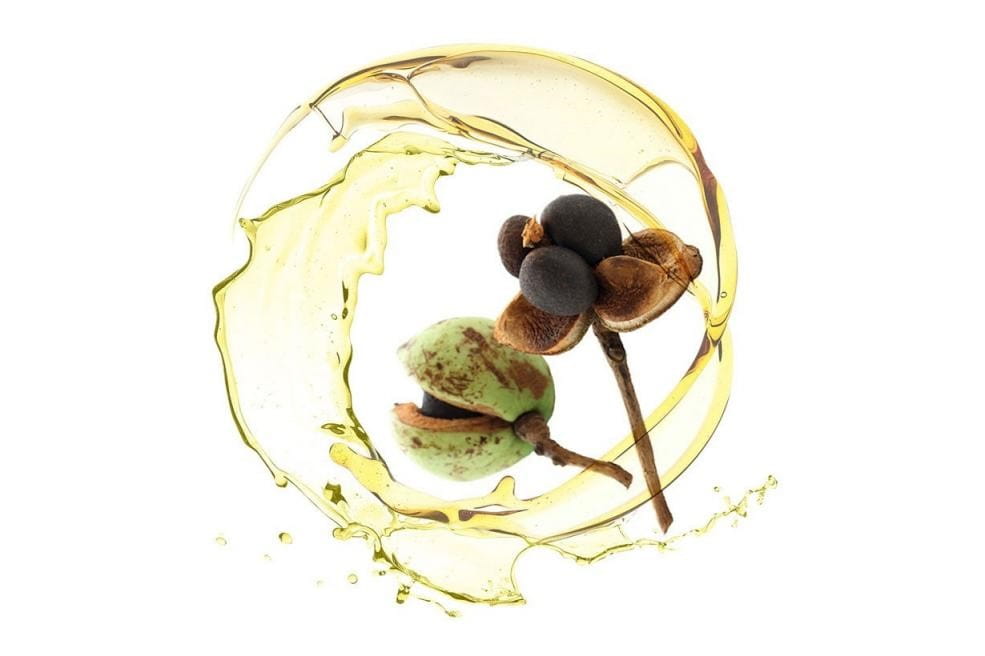
2.Olive Oil
Linoleic acid and linoleic acid in olive oil are necessary for the human body, and the human body can not synthesize itself, but excessive consumption is also harmful to the human body.
The proportion of oleic acid, linoleic acid and linoleic acid in olive oil is exactly the proportion needed by the human body, similar to breast milk, which is not available in other vegetable oils.
Olive oil main ingredients: oleic acid, linoleic acid, palmitic acid, linoleic acid, palmitic acid, stearic acid.
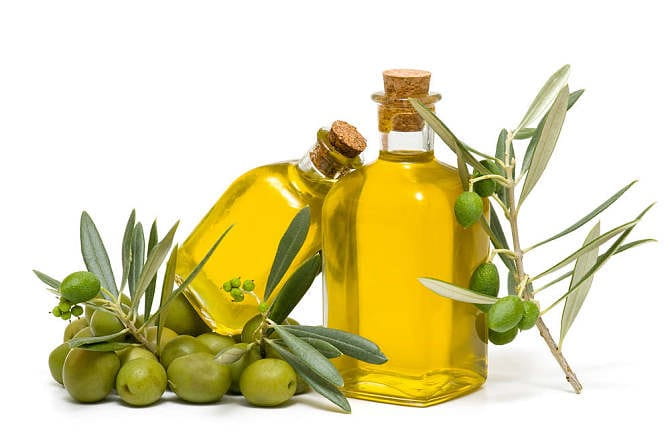
3.peanut oil
Peanut oil contains more than 80% unsaturated fatty acids (including oleic acid 41.2%, linoleic acid 37.6%) and 19.9% palmitic acid, stearic acid and arachidonic acid and other saturated fatty acids.
In addition, peanut oil also contains sterol, wheat germ phenol, phospholipid, vitamin E, choline and other substances beneficial to human body. Regular consumption of peanut oil can prevent skin wrinkling and aging, protect blood vessel walls, prevent thrombosis, and help prevent arteriosclerosis and coronary heart disease. Choline in peanut oil can also improve the memory of the human brain and delay the decline of brain function
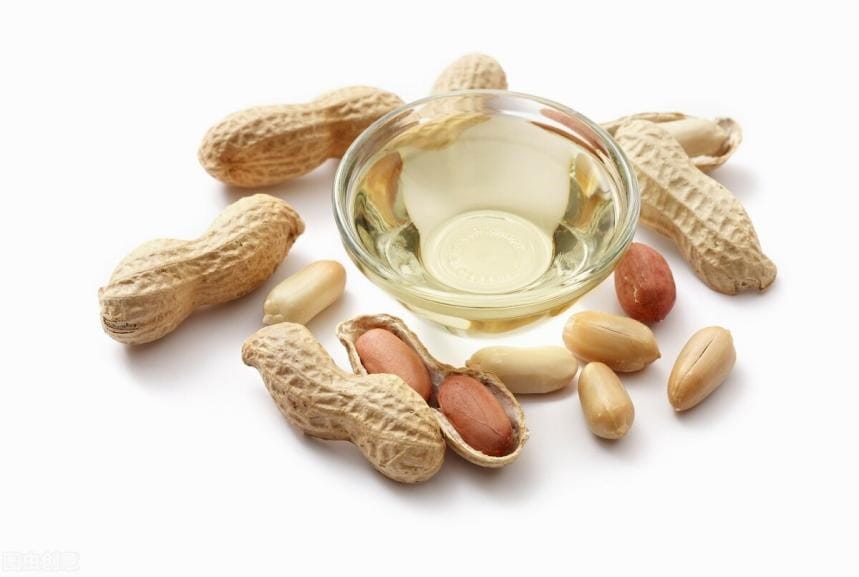
4.Canola oil
Canola oil can be divided into high erucic acid canola oil, low erucic acid canola oil and general canola oil according to different erucic acid content.
From the perspective of nutritional value, the human body's digestion and absorption rate of rapeseed oil can be as high as 99%, and it is beneficial to bile function in the liver is in a pathological state, and rapeseed oil can also be metabolized by the human body normally. However, rapeseed oil contains a lot of erucic acid and mustard and other substances, which are generally considered to be unfavorable to human growth and development. Low erucic acid rapeseed oil is now on the market, and the erucic acid content is controlled.
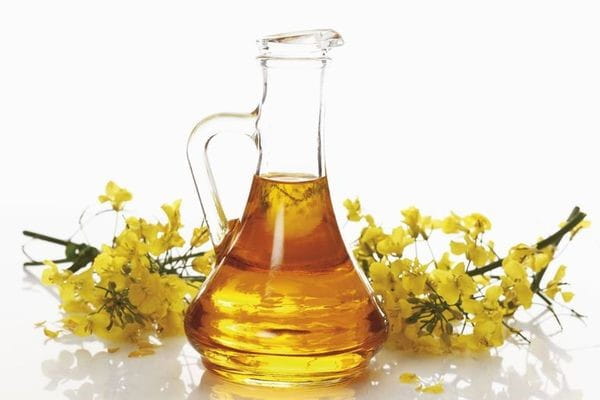
5.Sunflower oil
The composition of fatty acids in sunflower oil is affected by climatic conditions. Sunflower oil produced in cold areas contains about 15% oleic acid and about 70% linoleic acid; sunflower oil produced in warm areas contains about 65% oleic acid and about 20% linoleic acid.
The human digestibility of sunflower oil is 96.5%, and it is rich in linoleic acid, which has the effect of significantly reducing cholesterol, preventing vascular sclerosis and preventing coronary heart disease. In addition, the content of A-tocopherol, the strongest physiological activity in sunflower oil, was higher than that of ordinary vegetable oil.

6.Soybean oil
Soybean oil contains 7-10% palmitic acid, 2-5% stearic acid, 1-3% arachidonic acid, 22-30% oleic acid, 50-60 linoleic acid, and 5-9% linoleic acid.
Soybean oil is dark in color and has a special bean-fishy taste. Poor thermal stability, heating will produce more foam. Soybean oil contains more linoleic acid, which is easy to oxidize and deteriorate and produce "bean odor". In terms of edible quality, soybean oil is inferior to sesame oil, sunflower oil and peanut oil. Soy also contains a large amount of vitamin E, vitamin D and rich lecithin, which are very beneficial to human health. In addition, the human digestion and absorption rate of soybean oil is as high as 98%, so soybean oil is also a good cooking oil with high nutritional value.
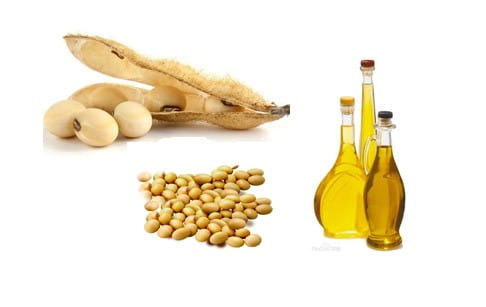
7.Palm oil
According to different melting points, palm oil can be divided into palm liquid oil (melting point ≤24C), palm oil (melting point 33~39C), palm stearin (melting point > 44C ).
Main ingredients of palm oil: palmitic acid, stearic acid, oleic acid, linoleic acid.
